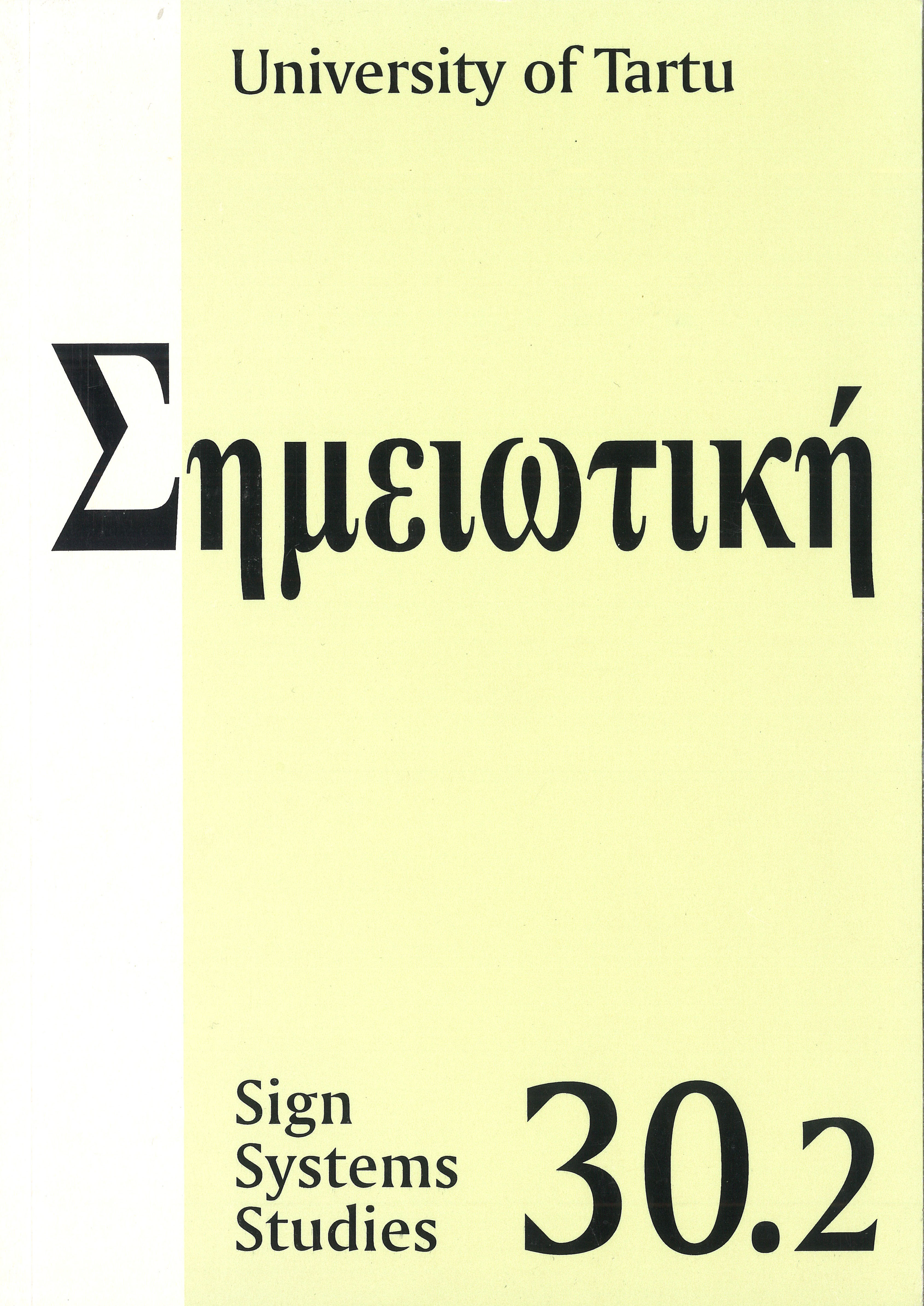Translation as translating as culture
DOI:
https://doi.org/10.12697/SSS.2002.30.2.14Abstract
The most common difficulty in translation studies has traditionally been the dilemma between the historical and synchronic approaches in the analysis and description of the culture of translation. On the one hand the culture of translation might be presented as the sum of various kinds of translated texts (repertoire of culture), on the other hand it might be described as the hierarchy of the various types of translations themselves. The first approach assumes plenty of languages for such description, in the latter one suggests only one language for the same representation. A cultural critic faces the same problems. In these perspectives the translation reveals important mechanisms of the performance of culture. First of all it is the semiotic interpretation of the theory of translation, introduced by the number of scientists beginning with R. Jakobson and including U. Eco who put together interlinguistic, intra-linguistic, and inter-semiotic translations, so crucial for the further understanding of culture. As a result, the general notion of culture might be described as the process of total translation. And secondly, the other valuable contribution to the theory of translation has been made by both M. Bakhtin and J. Lotman in terms of the synthesis of two traditions in semiotics of culture resulted in juxtaposing such notions as dialogism and autonomy — creolization, polyphony, counterword, and translation.


